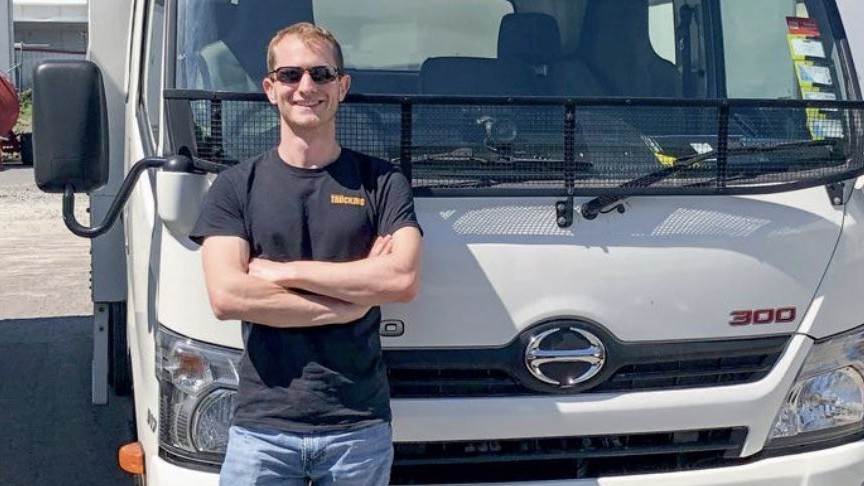
Earlier this week, Greg Pert, director of Tranzliquid, wrote an open letter to Waka Kotahi, encouraging action for improved roading infrastructure. You can read the full letter here, but the crux of it is to promote good roads as a key to enhancing the country’s productivity and securing its economic future.
One line that stood out was, “I urge them [New Zealand’s leaders] to view the enhancement of our roading infrastructure not as an expense, but as an investment.”
Greg closes the letter by saying that improving the country’s roading infrastructure “will ensure the free and efficient flow of goods, stimulate our economy, and secure our nation’s prosperity”. I’d have further appealed to the agency’s sensibilities by beating the safety drum, but I understand Greg’s angle.
The point is, Greg should be applauded for his letter. I’m sure he’s not alone among transport operators in recognising the increasingly woeful state of the roads and the resulting impact on the efficiency and productivity of their operations, the safety and wellbeing of their drivers, and the maintenance and good order of their gear.
As Tranzliquid is based in Mt Maunganui, Greg specifically references SH29 – the stretch of road that joins Tauranga with SH1 via the Kaimai range. I’m in Tauranga myself and I regularly drive SH29, and it has long been a clear frontrunner for serious upgrade and investment in my mind. I’ve written about it in past editorials, especially regarding safety and efficiency. The traffic volume between Waikato and the Bay of Plenty will not decrease – the corridor needs to be future-proofed. While two full lanes in each direction with a central median barrier from Piarere to Tauriko may not be 100% practicable, serious upgrades are needed for as much of its 54km length as possible.
Speaking at the EROAD Fleet Day last week, Rosie Spragg, general manager economic development at Te Waka: Waikato regional economic development agency, updated delegates on the Waikato BOP Freight Action Plan (which I wrote about here). She commented that Waka Kotahi had identified SH29 as a “road of strategic significance”, and it featured as one of the key roading projects requiring completion within the plan’s seven key actions. As an aside, encouraging investment in road maintenance is another key action…
Spragg also quoted a survey of NRC members, which clearly identified the top three priority roads for the region – SH29 (Piarere to Tauranga), SH1 (Cambridge to Piarere) and SH2 (Paeroa to Tauranga).
As I said, there’s little chance Greg is alone in recognising the problem. And as he suggested, an almost 30-year timeline for staged improvements to the route is an affront.
The government, Waka Kotahi and all associated parties need to be motivated to move now on what should’ve long been started by as loud a voice as possible. While the three industry associations exist to fulfil that vital lobbying role, maybe Greg is onto something. Perhaps the time has come for everyone in the industry to let their voices be heard, no matter where they’re based or what roads their trucks travel.
Take care out there,
Gavin Myers
Editor.
Read more
Protest if you must
2 Comments5 Minutes
A watched kettle…
0 Comments6 Minutes
Same old same old
0 Comments5 Minutes



